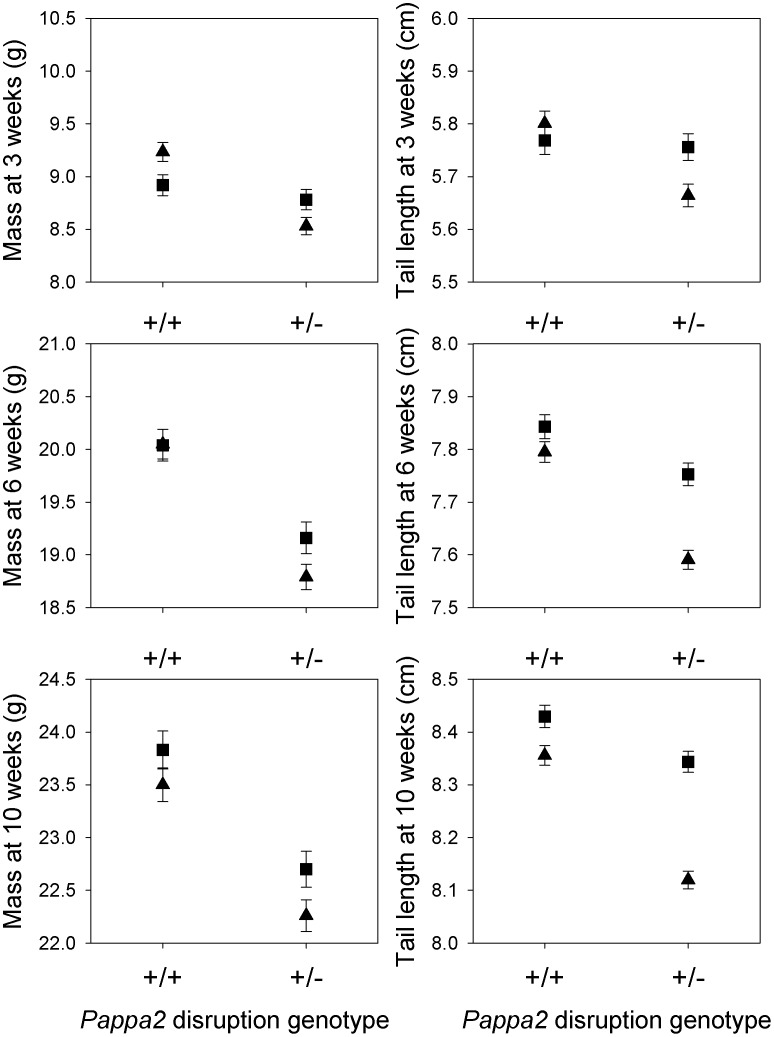Figure 4. Quantitative complementation test.
Body mass and tail length at 3, 6 and 10 weeks of age are shown for mice homozygous for wild-type Pappa2 (+/+) or heterozygous for the Pappa2 disruption (+/−) and homozygous for the C57BL6 QTL allele (squares) or heterozygous for the DBA2 and C57BL6 QTL alleles (triangles). In all cases, the difference between QTL alleles is greater for +/− mice than for +/+ mice, consistent with what is predicted if Pappa2 is the gene responsible for the QTL. The total sample size for the quantitative complementation test was 243 (133 females and 110 males), although is slightly lower for some traits due to missed measurements.

